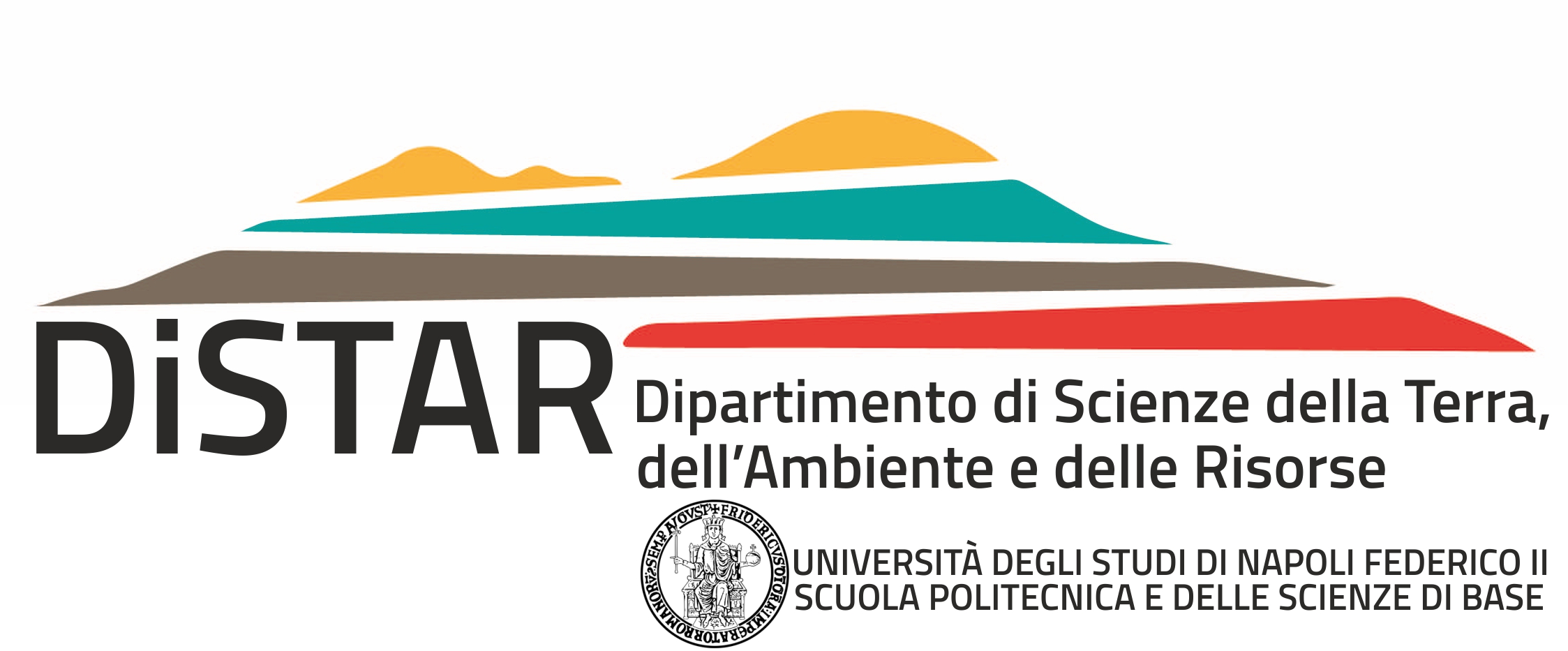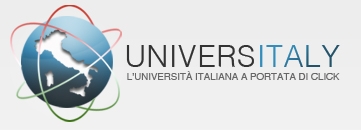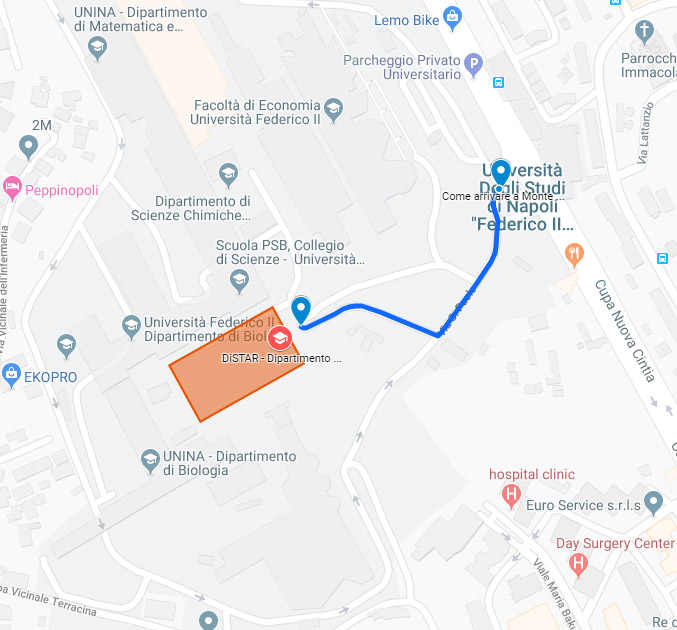Archaeometry and Cultural Heritage
Staff: Giuseppina Balassone, Piergiulio Cappelletti, Abner Colella, Alberto De Bonis, Claudia Di Benedetto, Vincenza Guarino, Francesco Izzo, Alessio Langella, Vincenzo Morra, Concetta Rispoli
Collaborators (permanent): Sossio Fabio Graziano (Dipartimento di Farmacia - UniNA)
Collaborators (non permanent): Francesco D’Uva (post-doc UniOR), Martina Mercurio (PhD DiSTAR – XL ciclo), Giovanna Montesano (post-doc UniCH), Michela Scanu (PhD DiSTAR – XL cycle), Serena Spadavecchia (national PhD in Heritage Science - XXXIX cycle), Maria Verde (post-doc DiARC - UniNA)
Archaeometry, or Archaeological Science, is the application of scientific techniques to the analysis of archaeological and Cultural Heritage materials. Geological methods, and mineralogical-petrographic techniques in particular, are those that best serve to obtain information on provenance and technological features of archaeological items made from geological resources. This multidisciplinary approach provides useful data on the state of the geomaterials used in the Cultural Heritage in order to assess their degradation and better plan conservation and restoration interventions. The research is also made in close cooperation with archaeologists with the aim of reconstructing the exchanges between ancient civilisations and evaluating their technological development.
Archaeometric investigations are carried out by means of a multi-analytical approach with the instruments available at the DiSTAR
See the website of the CRACS (Center for Research on Archaeometry and Conservation Science) for further information
Ceramics
The mineralogical-petrographic approach is commonly used to find the provenance of pottery via the comparison with the raw materials composition and with the geological features of the territory. Furthermore, it is possible to reconstruct the production technologies of ceramics, from the preparation of the mixtures and coatings to firing dynamics (temperature, atmosphere). The research team at the DiSTAR has gained experience by investigating various ceramic classes (table ware, cooking ware, amphorae, bricks, etc.) of different periods and provenance. In particular, from Campanian archaeological sites (Cumae, Neapolis, Pompeii, Paestum, etc.), but also from other locations in Italy and abroad (Asia, Africa).
Mortars and plasters
An important part of the research is aimed at the study of geomaterials used as a binder (mortars and concretes), with a particular focus on those of the Roman age in the Campanian context. Important data on raw material sources and their circulation can be obtained, along with the knowledge of the ancient production technologies. This can be a starting point for the production of new types of binders and mortars, by studying the formation processes of the new different mineral components. Furthermore, it is possible to recognise possible different building phases, evaluate the degradation and formulate mixtures useful for restoration compatible with the materials in use and the environmental conditions.
Building and ornamental stones
The research is mainly focused on the study of the ornamental stones of the historic buildings, also in order to plan a possible reuse of the ancient quarries and promote the different lithotypes. The activity is carried out in collaboration with experts in the history of architecture and restoration to improve knowledge of the stones used in the Cultural Heritage, interpreting the degradation processes and drawing up a long-lasting conservation plan. An important role is played by integrated diagnostics for interpreting the historical architecture and guiding the intervention.
Metals
The archaeometric investigation of ancient metals from the Mediterranean area (Bronze Age, Iron Age, Orientalising, etc.) performed at the DiSTAR mainly concern the mineralogical and petrographic characterisation of these objects. The research is also aimed at the eventual recovery and conservation of metal artefacts and at the study of the raw materials sources from the different metal deposits, by means of mineralogical-geochemical analysis (minor elements and traces, isotopic analysis, etc.).
Paintings
The archaeometric analyses on paintings are used to identify the substances used as pigments and their production techniques. A particular role is that of nondestructive testing, useful for making analyses without taking samples and altering the investigated material.
Main collaborations
Museo Archeologico Nazionale di Napoli
Soprintendenza Archeologia, Belle Arti e Paesaggio per il comune di Napoli
Soprintendenza Archeologia, Belle Arti e Paesaggio per l'Area Metropolitana di Napoli
Parco Archeologico Campi Flegrei
Centre Jean Bérard, unità del Centre National de la Recherche Scientifique (CNRS), France
Università degli Studi di Napoli L'Orientale – Dipartimento Asia, Africa e Mediterraneo
Università del Sannio – Dipartimento di Scienze e Tecnologie
University of Missouri Research Reactor Center, USA






